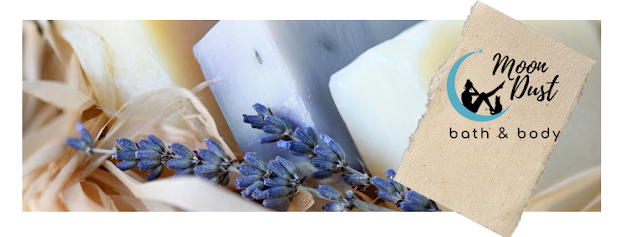Once again, we have some magic going on here! Mixing water and oil?! Lotions and creams are created from a mixture of water and oils. Without the addition of an emulsifier, they too would separate back into water and oils. Like an oil spill on rainy day.
Emulsifiers actually work on a molecular level, by attracting both water and oil to different sites at the same time. Water is a polar material. Things that like water are also called polar materials. Polar materials are also called hydrophilic. Hydrophilic materials are water-loving materials. Non-polar materials like olive oil are hydrophobic. Hydrophobic means water fearing. An emulsifier has a hydrophilic portion and a hydrophobic portion. This essentially means that it can effectively bind both water and oils. It means that some structures of the emulsifier attract oil, while others soak up water like a sponge. Each part traps the liquid keeping it from breaking free to separate. As an added bonus, because the oil remains mixed with the water, the wax actually helps the oil penetrate the skin, thereby replacing lost moisture.
Emulsifying wax is a cosmetic emulsifying ingredient. The ingredient name is often followed by the initials NF, indicating that it conforms to the specifications of the National Formulary.
Emulsifying wax is created when a wax material (either a vegetable wax of some kind or a petroleum-based wax) is treated with a detergent (typically polysorbates).
Ingredients:
Botanical Name: Cetylstearyl Alcohol, Polysorbate 60
Common Name: Emulsifying Wax


Comments
Post a Comment